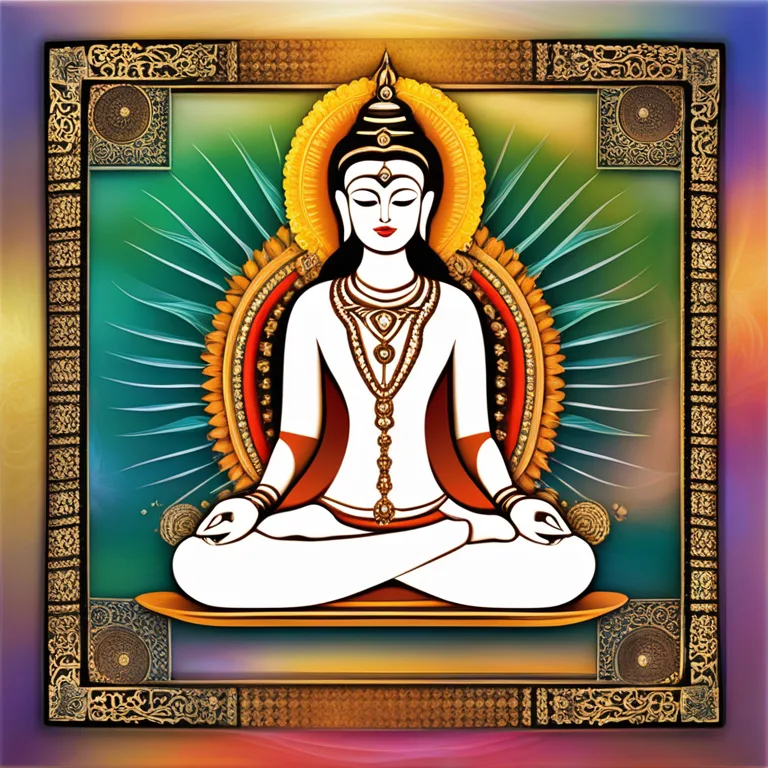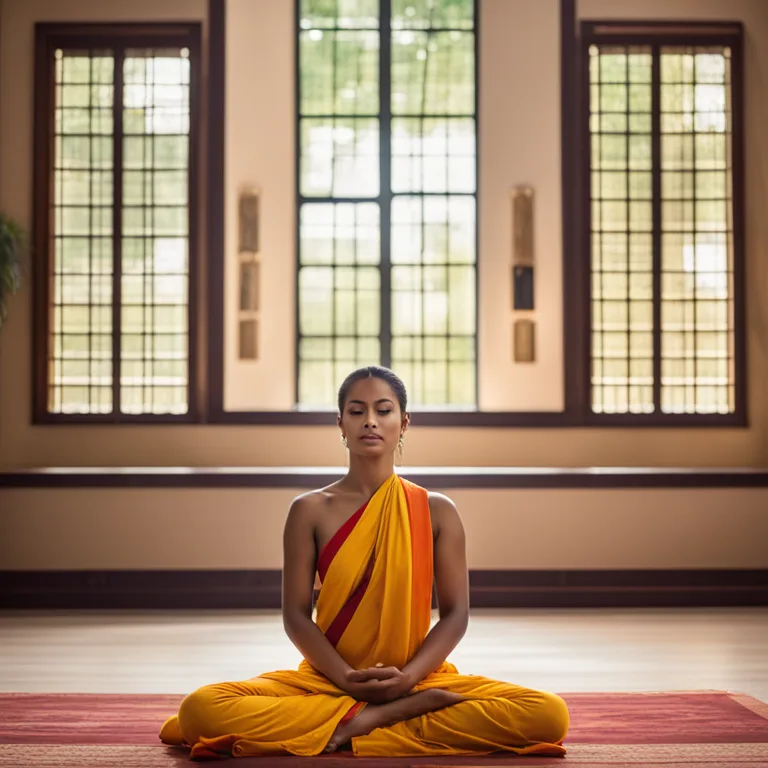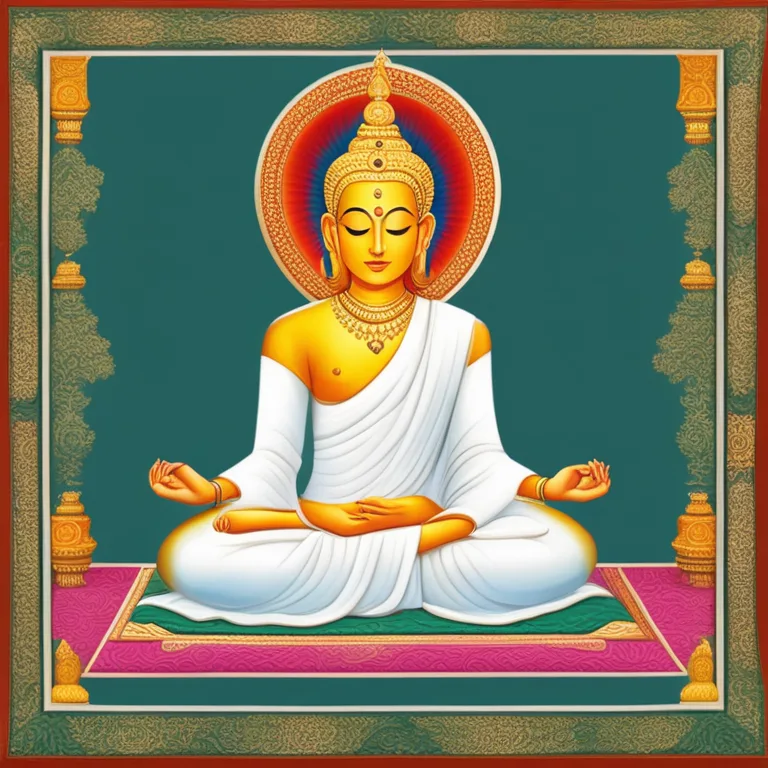
Jain Meditation: Path to Inner Serenity
Discover the transformative nature of Jain meditation techniques and their benefits for modern spiritual seekers.
article by Hina Kurosawa
Jainism and Meditation
Jain meditation, known as "Samayika," stems from an ancient Indian religion that advocates non-violence, non-possessiveness, and a path of self-discipline towards spiritual liberation. Practitioners believe in the purification of the soul through insight and self-control, which are achieved through various meditation techniques. Jain meditation is designed not just for spiritual elevation but also for enhancing physical health and mental clarity. With an emphasis on tranquility and internal harmony, these techniques provide a valuable toolkit for navigating the stresses of contemporary life.

Pre-Meditation Preparations
Before engaging in Jain meditation, it is important to understand that preparation is key. Traditionally, meditators often find a serene environment and adopt a comfortable posture with a straight back to aid concentration. Ritual purification, through practices such as Pratikraman, which involves self-reflection and atonement for past actions, sets a clear and focused mindset. This readiness is deemed essential for achieving the true benefits of the meditative practice.

Main Techniques of Meditation
The primary Jain meditation techniques include Preksha, a form of perception-based meditation focusing on the present moment, Anupreksha, a contemplative practice that instills specific qualities through concentrated thinking, and Lesya Dhyan, which involves visualization for emotional purification. Each technique serves a distinct purpose, yet all work towards the common goal of self-realization and spiritual progress.

Preksha Meditation
Preksha Meditation encourages a deep connection with the self by concentrating on one's own body, breath, thoughts, and emotions. It begins with the practice of Kayotsarga, letting go of the physical body, and leads to being aware of internal sensations and spiritual energy centers known as 'kundalini'. This form of meditation is believed to reduce stress, increase concentration, and lead to profound inner peace.

Anupreksha Meditation
In Anupreksha Meditation, practitioners are guided to engage in profound contemplation on philosophical truths, often related to detachment, personal growth, and the nature of reality. This meditative deliberation is intentionally directed towards cultivating positive attributes and spiritual wisdom, allowing individuals to transform their outlook and approach towards life's experiences.
Lesya Dhyan and Emotional Clarity
Lesya Dhyan is a meditation focused on purifying one's aura or 'lesya', which is believed to be influenced by thoughts and emotions. By visualizing different colors associated with various emotional states, practitioners work towards emotional balance and the cleansing of negative patterns. This practice can result in an enhanced emotional resilience and a serene, joyous disposition.
Significance in Today's World
The techniques of Jain meditation are not just historical relics; they are profoundly relevant to our current society, where stress and mental clutter are omnipresent. By integrating these ancient practices into daily routines, individuals can find a bastion of calm in an otherwise chaotic world. Beyond personal peace, the philosophy behind Jain meditation encourages a lifestyle of harmlessness and awareness that can lead to broader social well-being and ecological harmony.
Published: 12/20/2023
Modified: 12/20/2023
More predictions
Come back here soon to learn more about yourself and your future


Innovative Meditation Techniques
Discover modern meditation practices that harmonize mind, body, and spirit in our fast-paced world.


Counting Meditation Techniques
An informative guide on the diverse range of meditation practices available in the modern era.


The Many Paths of Meditation
Discover the vast array of meditation techniques enriching diverse practices worldwide.